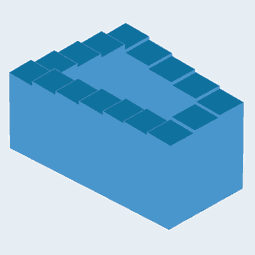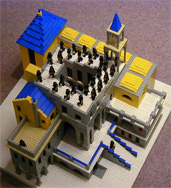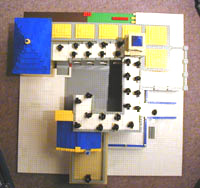


 |
||||||||
 |
||||||||
|
Climb the stairs! The endless staircase is an example of an impossible object. But if it's impossible, how is it possible to draw it? The drawing was created using perspective distortion. It makes sense to us because our brains are focusing on different regions in the picture. Each of those regions makes sense, but taken together they create an impossible situation. This illusion was devised by Roger Penrose and was the inspiration for the famous Escher lithograph Ascending and Descending (created in 1960, two years after the scientific article was published). Believe it or not, it's possible to build three-dimensional models of impossible objects. The object in the picture is quite possible in reality, but when viewed from a particular angle it appears to be impossible. A model of the Endless Staircase can be built by creating space between two of the four walls. When viewed from above, the structure appears spiral-shaped rather than rectangular, as seen in the picture.
Links: Related exhibit:
|
||||||||

 An Endless Staircase
An Endless Staircase
